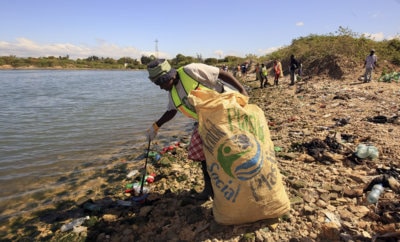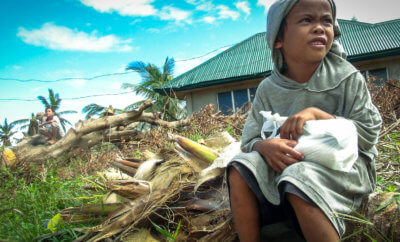Life
Protecting Species In A Bio Hot Spot

In a photo provided by David Blinken, part of the Western Andes Mountains in Colombia.
Photo Credit: David Blinken via The New York Times
SavingSpecies works with local organizations in Brazil, Colombia, Ecuador, India and Sumatra to buy land with the goal of restoring forests that have been destroyed.
Just before sunrise on a crisp summer morning high in a rainforest in Colombia’s Western Andes, renowned ecologist Stuart Pimm gathered his research team over breakfast and made final plans for that morning’s journey to install motion-sensor cameras to monitor hummingbirds.
In just a few hours, the installations would be done by Andrea Kolarova, 20, who was here with other students from Duke University, where Pimm holds the Doris Duke Chair of Conservation. She was getting advice from Pimm and Luis Mazariegos, founder of the Hummingbird Conservancy of Colombia.
My 11-year-old daughter, Alexandra, who goes by Alex, a student at Saxe Middle School in New Canaan, Connecticut, had also been invited to participate in the Colombia project, which is how I found myself for two weeks this summer living in a cabin in this remote mountainous territory. Although not far from the town of Jardin, which is about 2-1/2 hours from Medellin, it takes a slightly harrowing hourlong ride in an ATV along a dirt switchback road to get here.
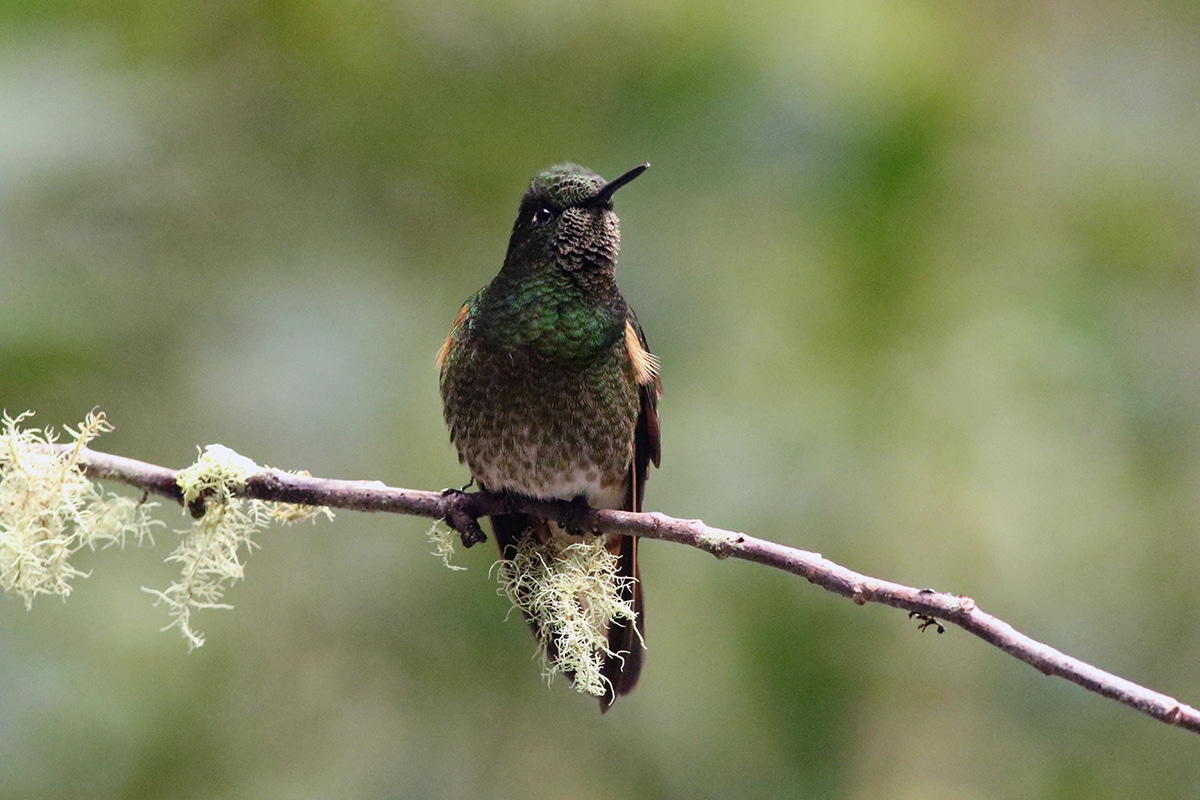
In a photo provided by the renowned ecologist Stuart Pimm, a buff-tailed coronet hummingbird. Photo: Stuart Pimm via The New York Times.
Kolarova’s hummingbird research will be used by Pimm’s organization, SavingSpecies, which he founded in 2007 to combat global warming using money he was awarded as a recipient of the Heineken Prize for Environmental Sciences in 2006. SavingSpecies works with local organizations around the world to buy land with the goal of restoring forests that have been destroyed — often because of logging, agricultural expansion, mining and oil extraction — and protecting the species that are under threat as a result.
Pimm is also determined to help educate the next generation of conservationists, which is why he has included students on his teams. Alex, who shot video for the project, is fascinated by ecology. I had reached out to Pimm for some mentoring when she was 8, and he agreed.
The organization operates in Brazil, Colombia, Ecuador, India and Sumatra, but protecting the Western Andes that we were now immersed in is especially crucial. It is described as a biodiversity hot spot, one of the most biologically diverse regions in the world. But one that is also endangered.
“Although the Western Andes cover about 3 percent of the Earth’s land area, they hold approximately 20 percent of all known species. There are hundreds of species that live nowhere else on the planet, including the olinguito, a carnivore; the glittering starfrontlet hummingbird; Cassidy’s poison dart frog; and the wonderfully named Dracula orchid,” Pimm said.
But the biodiversity of the entire region is in extreme peril, he said, having lost almost 75 percent of its forest.
Later that day, as Pimm stood on land being reforested by SavingSpecies, he explained the relationship between global warming and the loss of species such as hummingbirds.
“The challenge that global warming poses to biodiversity is that species are going to move up-slope as the climate warms. But they often can’t cross unsuitable habitats,” he said.
“This is a valley that’s mostly devoted to grazing, and so as the climate warms, species need to move from lowland forest to upland forest,” he said. “But they often can’t cross a habitat that’s unsuitable — like these pastures. So one of the things that we do is to try and acquire these properties and reforest them.”
Since SavingSpecies made its first land purchase in Brazil in 2007, it has worked with local organizations to create species corridors.
Hundreds of thousands of acres of isolated patches of land have been reforested and reconnected, allowing species to migrate. More than 100,000 tons of carbon dioxide has been sequestered, and landslides that threaten valley residents are mitigated, according to the organization.
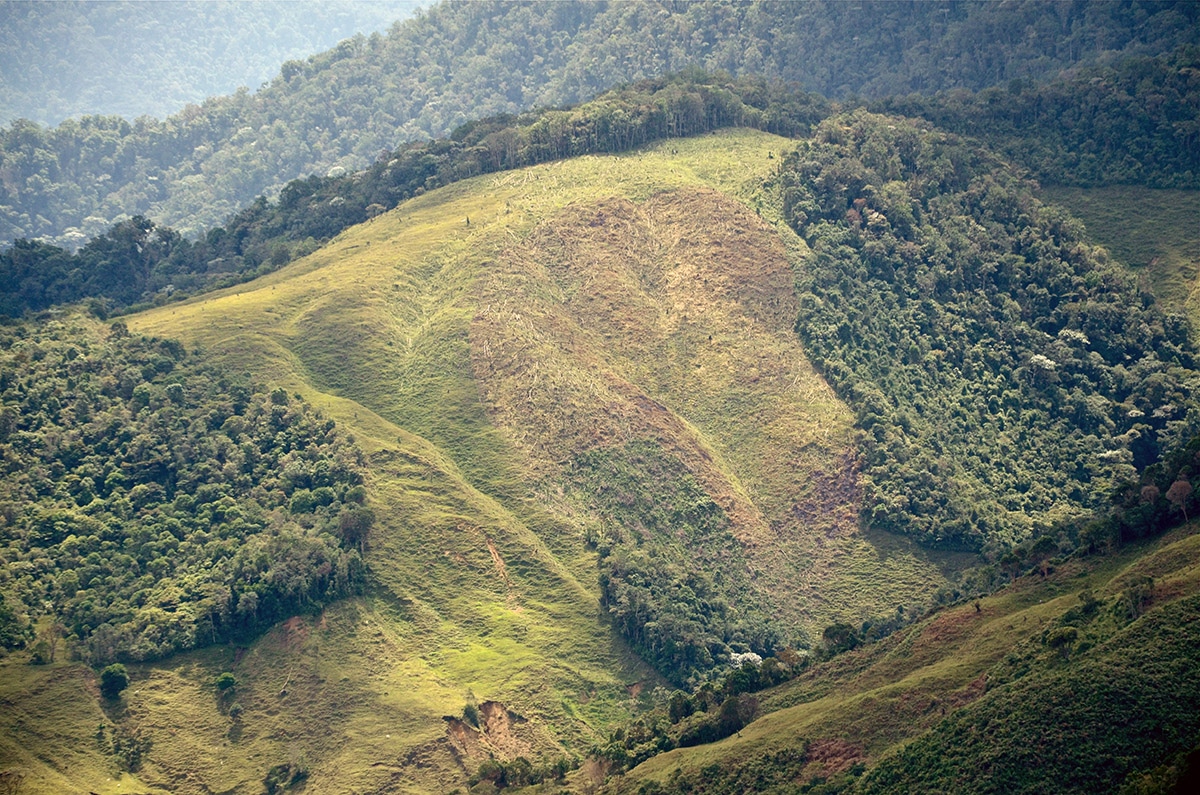
In a photo provided by David Blinken, part of the Western Andes Mountains in Colombia. Deforestation on steep hillsides quickly leads to erosion. Photo: David Blinken via The New York Times.
Reforesting not only protects the habitats of endangered species, it helps the planet soak up carbon dioxide from the atmosphere and prevents erosion from heavy rains on steep slopes in places like the Andes.
Hummingbirds are a prime example of species threatened by climate change and deforestation. While one hummingbird might look like another to most people, they are highly diverse. According to the IOC World Bird List, there are 355 species of hummingbirds; 132 species can be found in Ecuador, 147 in Colombia and 81 in Brazil.
Their food sources live within narrow temperature ranges. If the world continues to warm, hummingbirds will be forced to migrate to higher elevations. Kolarova’s research records the current elevation of hummingbird habitats and monitors changes for future researchers.
SavingSpecies has been in partnership with the Hummingbird Conservancy since 2011. Kolarova and the SavingSpecies team work out of the conservancy’s research station, where we were staying, which is adjacent to land surrounded by reforested trees planted seven years ago. On one side of the station is a patchwork of family farms, each raising small herds of cattle. Down the road is a concrete K-12 school with an enrollment of 12 students. On the other side of the station is a field that narrows into a stream bed leading into the dense rainforest.
Having been instructed on the best camera placement procedures by Pimm and Mazariegos, Kolarova set out on this particular morning into the rainforest with a local conservancy guide as Alex and I tagged along.
Conservation is hard work. As we climbed in the rain through the field, up the stream bed and into the rainforest, the last of civilization slipped away. Hummingbirds darted about, insects buzzed everywhere, the vegetation was nearly impenetrable and a thick mist settled in the trees.
Kolarova searched for hummingbird food sources that would indicate where the birds would likely be.
Once she spotted them, she strapped a motion-sensor camera to a tree overlooking the site, inserted an SD memory card and recorded the GPS coordinates of the camera. Looking for varied terrain, she waded through thigh-high mud and climbed up slick embankments to find the perfect location. The journey of about 1,000 feet took four hours.
The wildlife cameras she was installing are just one of several technologies SavingSpecies employs in its work.
After her installations were finished, Kolarova climbed a steep hillside alongside Pimm, who carried a GigaPan camera. The GigaPan technology, developed for NASA’s Mars mission, combines dozens of digital images to create high-resolution panoramas.
High resolution provides the ability to zoom in and identify vegetation growth and migration. The panoramic view captures reforestation efforts. Meanwhile, another SavingSpecies team took to the air with drones equipped with high-definition cameras.
Before the use of commercial drones, it was almost impossible to explore large sections of rainforest in detail. To access the canopy, scientists used binoculars to observe and digital cameras to record their findings. To analyze large sections of rainforest, SavingSpecies relied only on Google Earth, where images were updated every one to three years.
Now, SavingSpecies and its partners can capture real-time images. High definition technology is detailed enough to record hummingbird habitats, and drones can fly over 100 acres in 30 minutes. SavingSpecies uses the drones to help evaluate land that might be purchased and to map reforestation progress.
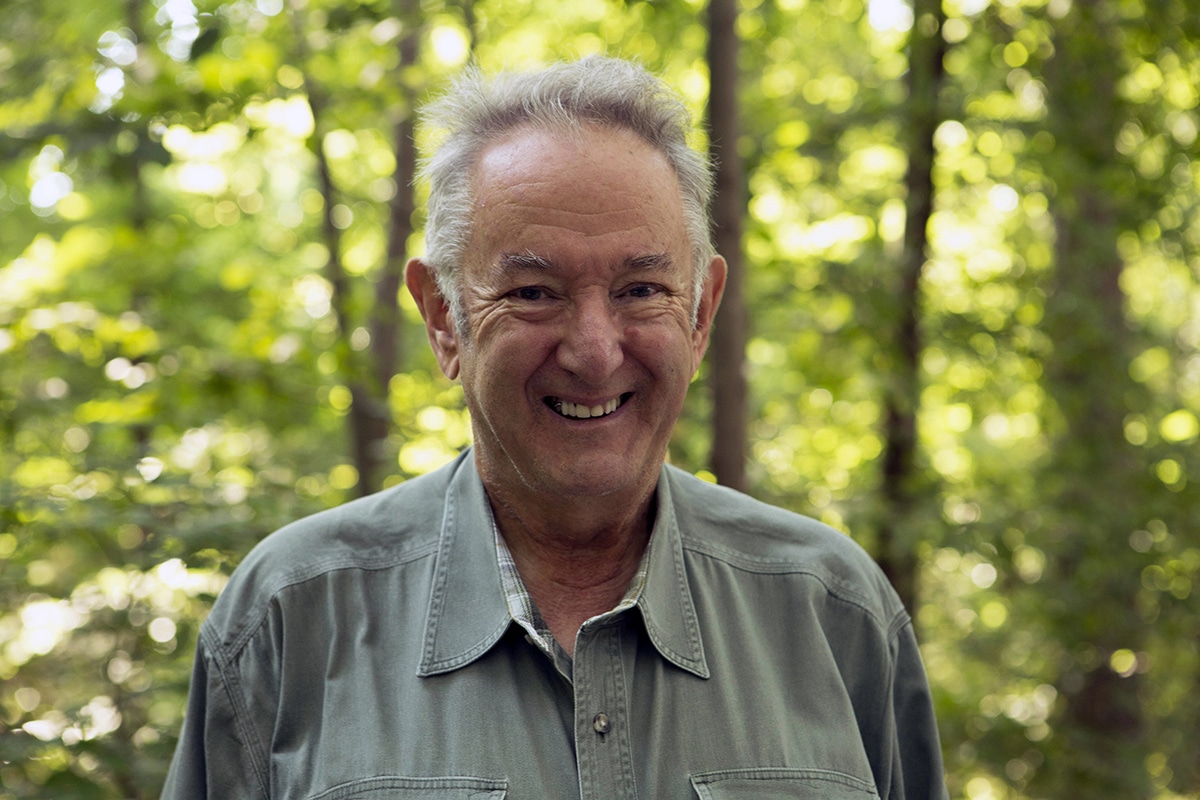
In a photo provided by Duke University, the renowned ecologist Stuart Pimm, who is determined to help educate the next generation of conservationists. Photo: Duke University via The New York Times.
Funding for operations and land purchases come from many sources. In Kolarova’s case, grant money was used to support research, often from donors who are motivated by the desire to save endangered species. Others, including corporations, contribute to reforestation as a way to reverse their carbon footprint.
At the end of Kolarova’s three-month fellowship, she will have traveled 6,000 miles to remote locations in two countries, climbed thousands of feet and switched out 250 SD cards. The cameras will stay so the Hummingbird Conservancy can continue her research.
“Even though my research is narrow in scope, I take great pride knowing that my efforts will lead to assisting animals at risk,” she said. “Like Dr. Pimm, I am passionate to dedicate my life to improving our planet for the next generation.”
c.2018 New York Times News Service


